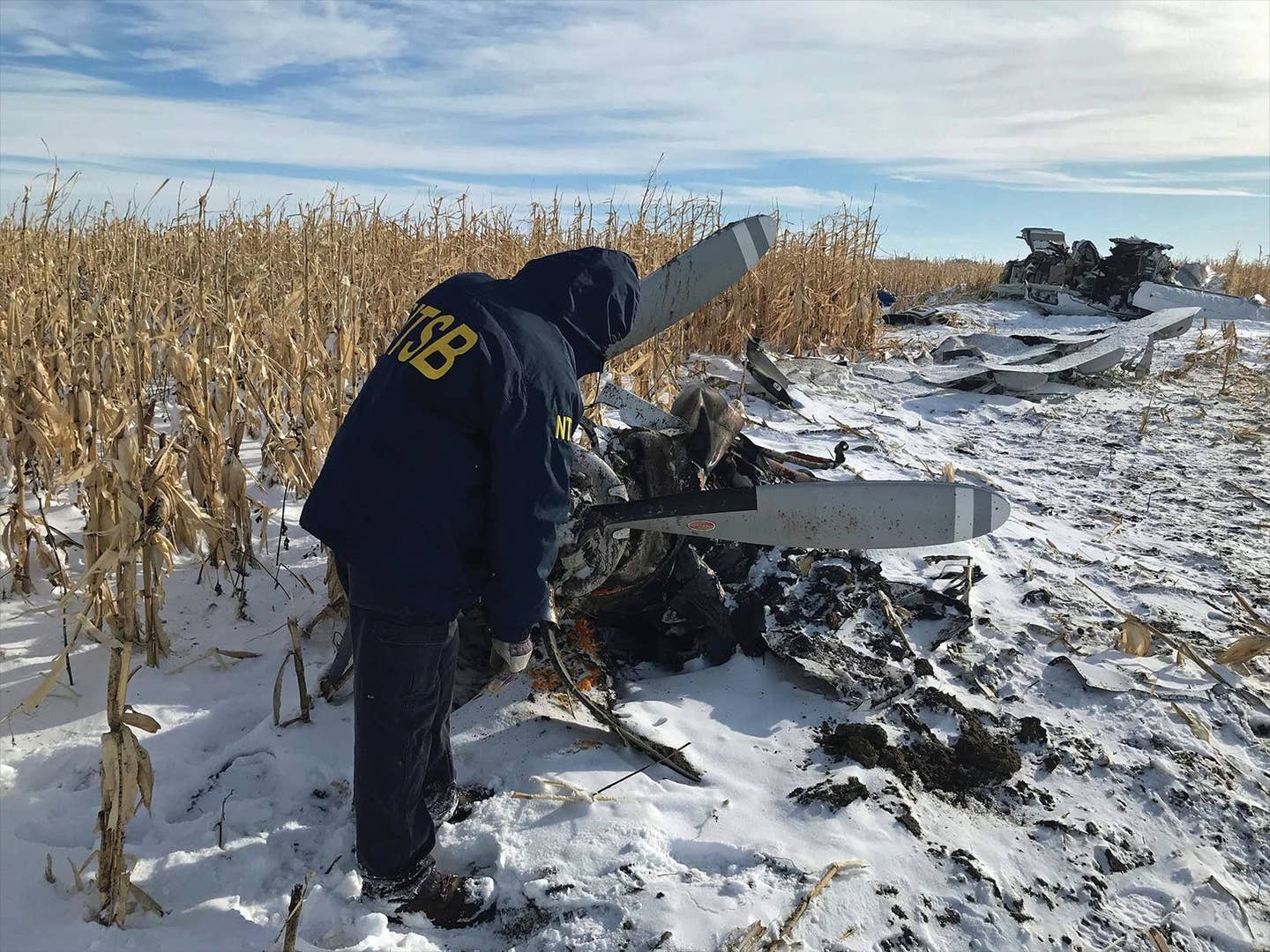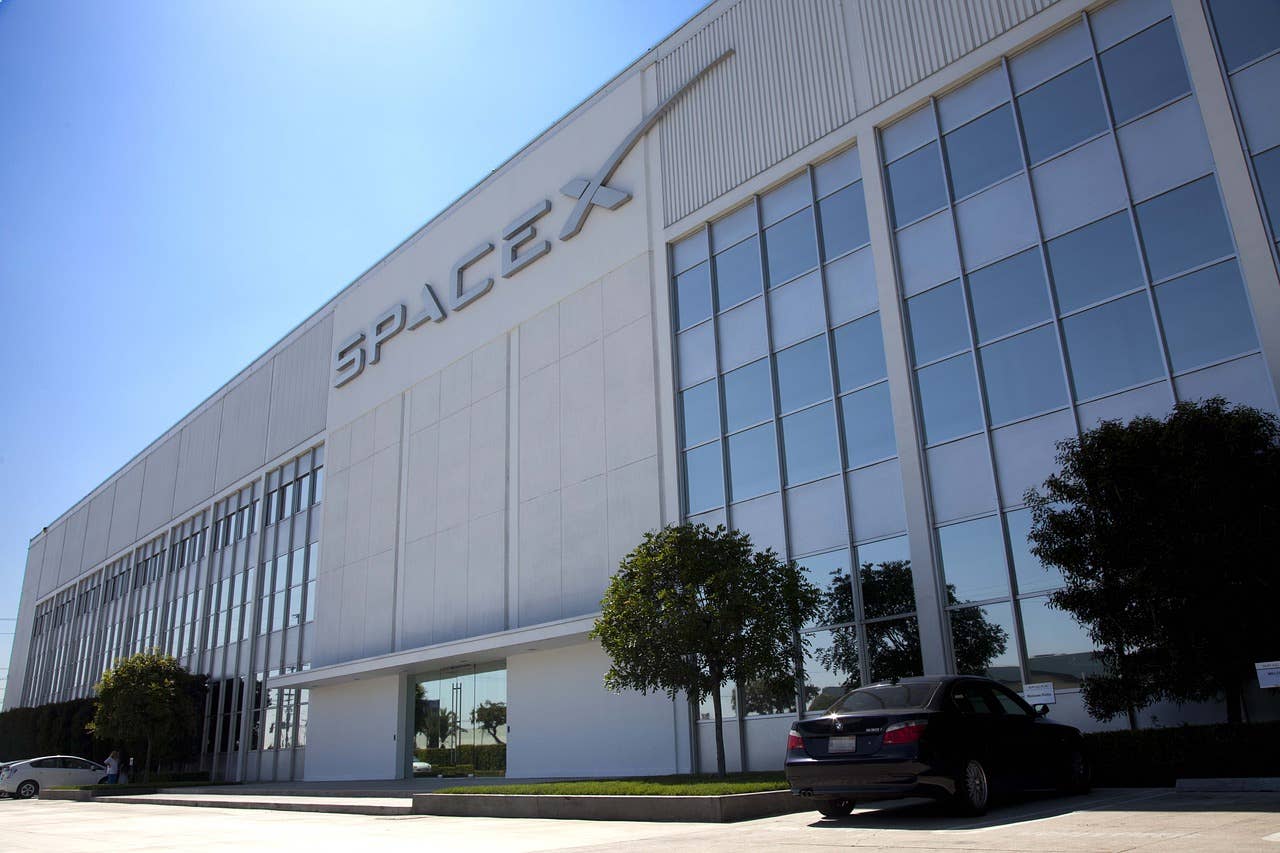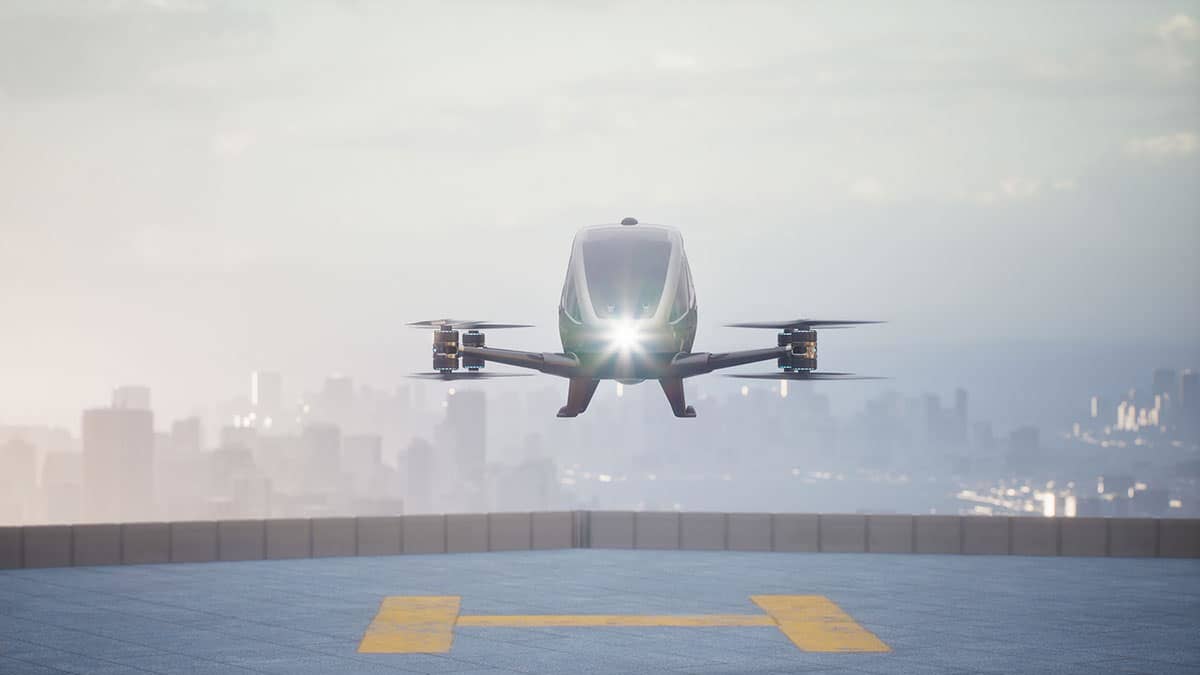FAA Faces Lawsuit Over Handling of SpaceX Starship Program
In the lawsuit, environmental groups accuse the FAA of making environmental concessions to SpaceX.

SpaceX’s Starship rocket stands ready for launch ahead of April’s test flight. [Credit: SpaceX]
Last month, SpaceX’s Starship rocket—the largest ever constructed—engulfed the company’s Boca Chica, Texas, launch pad in flames en route to its inaugural test flight. Now, the FAA, which signed off on the launch the weekend prior, is also under fire.
Figuratively, that is. On Monday, five environmental groups sued the FAA over its handling of the Starship launch, accusing the agency of making concessions to SpaceX that contributed to the test flight’s impact on surrounding areas.
Specifically, the groups criticized the FAA for not having conducted an environmental impact statement (EIS), which they claim would have mitigated damage from the launch and subsequent explosion. Per multiple reports, the test flight sent particulate matter and chunks of concrete flying six miles away and started a 3.5-acre brush fire on protected state land.
Five organizations comprise the case’s plaintiffs: the Center for Biological Diversity; Save RGV (Rio Grande Valley); the Carrizo-Comecrudo Nation of Texas; the American Bird Conservancy; and the Surfrider Foundation.
The FAA declined to comment on the suit.
In a court filing, the environmental groups accused the FAA of forgoing an EIS “based on SpaceX’s preference.” It’s unclear whether the firm swayed the FAA’s decision, but the agency instead relied on a programmatic environmental assessment (PEA), an analysis by SpaceX itself of the launch’s environmental impacts. A PEA is considered to have a lower standard than an EIS, which may have helped SpaceX launch sooner.
That PEA returned a mitigated finding of no significant impact (FONSI), which resulted in the FAA requiring SpaceX to take over 75 actions to reduce the launch’s impact. But that was enough for the Starship program to earn National Environmental Policy Act (NEPA) compliance, meaning an EIS was no longer required.
While SpaceX followed the FAA’s instructions, the suit alleges that they were not significant enough to prevent future mishaps, adding that the FAA did not properly explain how the measures would mitigate impacts on the environment. It also argues that so-called “anomalies”—like the Starship explosion—are a feature of the program rather than a bug, claiming the FAA has acknowledged there will be more to come over the next five years.
Further, environmental groups claim the FAA violated NEPA by failing to consider alternatives to SpaceX’s proposal. According to the suit, the agency considered only SpaceX’s proposal and a “no action” alternative rather than examining, for instance, a plan with fewer launches.
Can They Win?
If past lawsuits against the FAA are any indication, the five environmental groups could win their case—or at least get what they want.
In 2017, the city of Santa Monica, California, settled a suit with the agency, laying the path for the closure of the Santa Monica Airport (KSMO) after 2028. That same year, the courts sided with the city of Phoenix in another suit, requiring the FAA to conduct an environmental study on flight paths and revert to previous routing into Phoenix Sky Harbor International Airport (KPHX).
And in a 2010 case brought against the FAA by families of passengers who died in the Colgan Air Flight 3407 crash, a settlement resulted in updated FAA rules concerning airline transport pilot training, certification, and rest requirements that are still under debate.
So, there is precedent for lawsuits brought against the agency ending in varying degrees of change, even if through settlement. And if the environmental groups get their way in this case, it could be a while before Starship is back in the sky.
An EIS Could Spell Trouble
According to a timeline on the FAA’s official site, to launch a new EIS for Starship would take a minimum of 75 days, or a little more than two months. That accounts for mandatory waiting periods during the scoping and public comment processes and does not include the time required to research, review, and draft the final statement.
All told, the process would likely extend significantly beyond the 75-day minimum timeline. For context, nearly a year passed between the draft of SpaceX’s PEA and the release of the final proposal. An EIS is considered to be even more thorough than a PEA and could therefore take even longer.
An EIS would represent a third major hurdle SpaceX must clear before its next test flight. Already, the firm is contending with an FAA investigation into the safety of the project and the arduous task of rebuilding its Boca Chica launch pad, both of which could take months.
Still, as of April 20, the date of last month’s launch, SpaceX CEO Elon Musk remained confident in the firm’s ability to get back in the air soon:
Congrats @SpaceX team on an exciting test launch of Starship!
— Elon Musk (@elonmusk) April 20, 2023
Learned a lot for next test launch in a few months. pic.twitter.com/gswdFut1dK
Is it possible we see another Starship launch by June? Absolutely. But considering the FAA’s ongoing investigation, and now a lawsuit, Musk’s assessment may be a bit optimistic.

Subscribe to Our Newsletter
Get the latest FLYING stories delivered directly to your inbox






